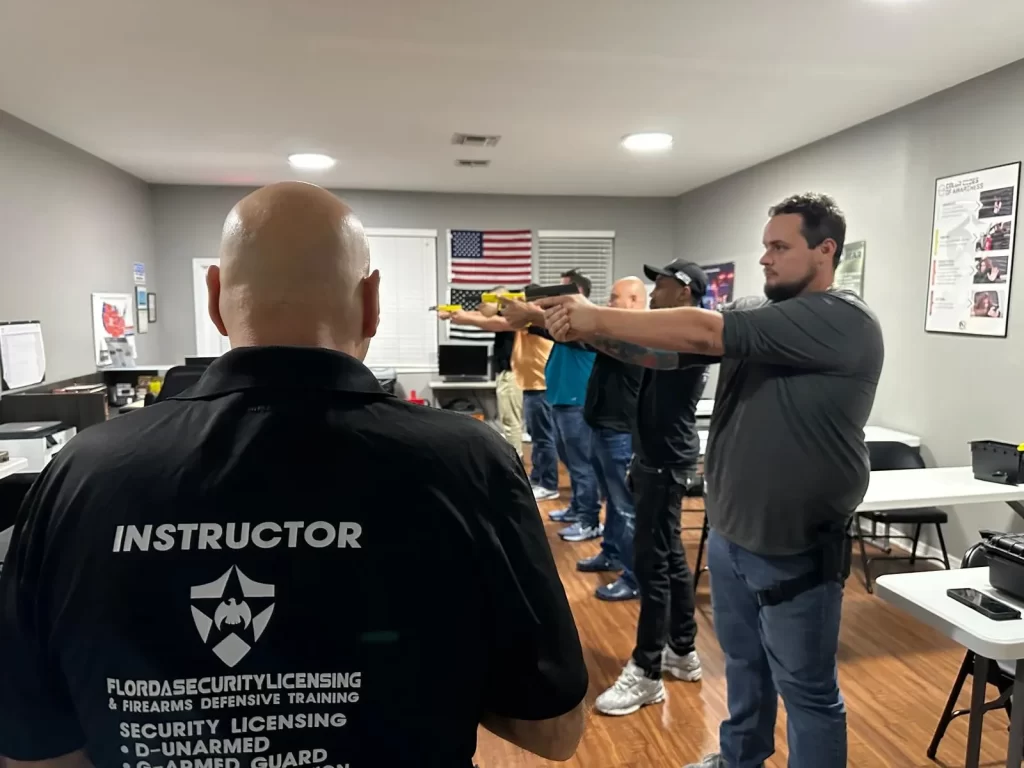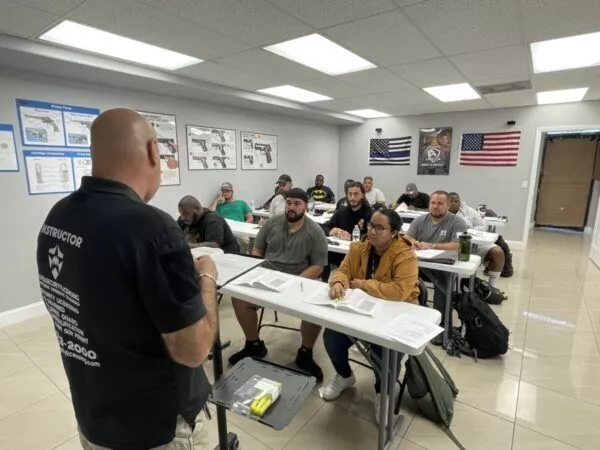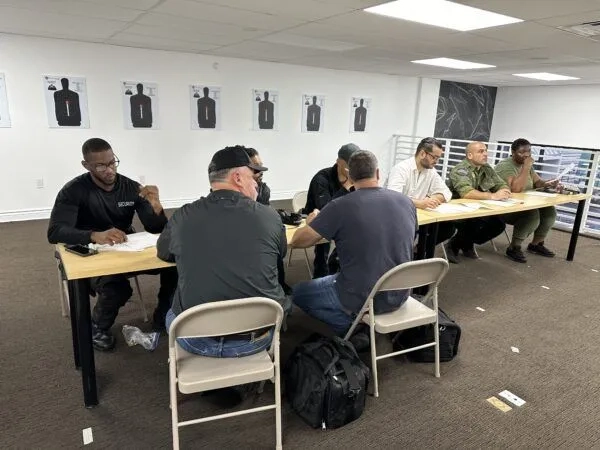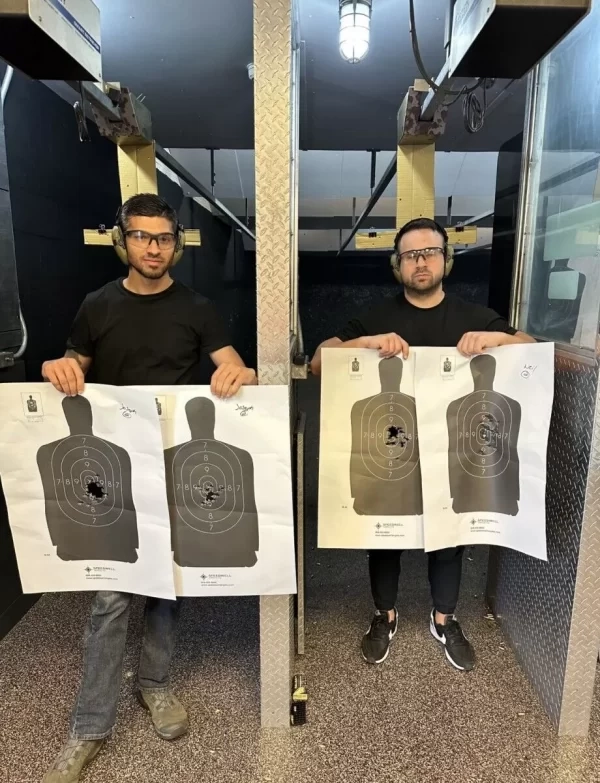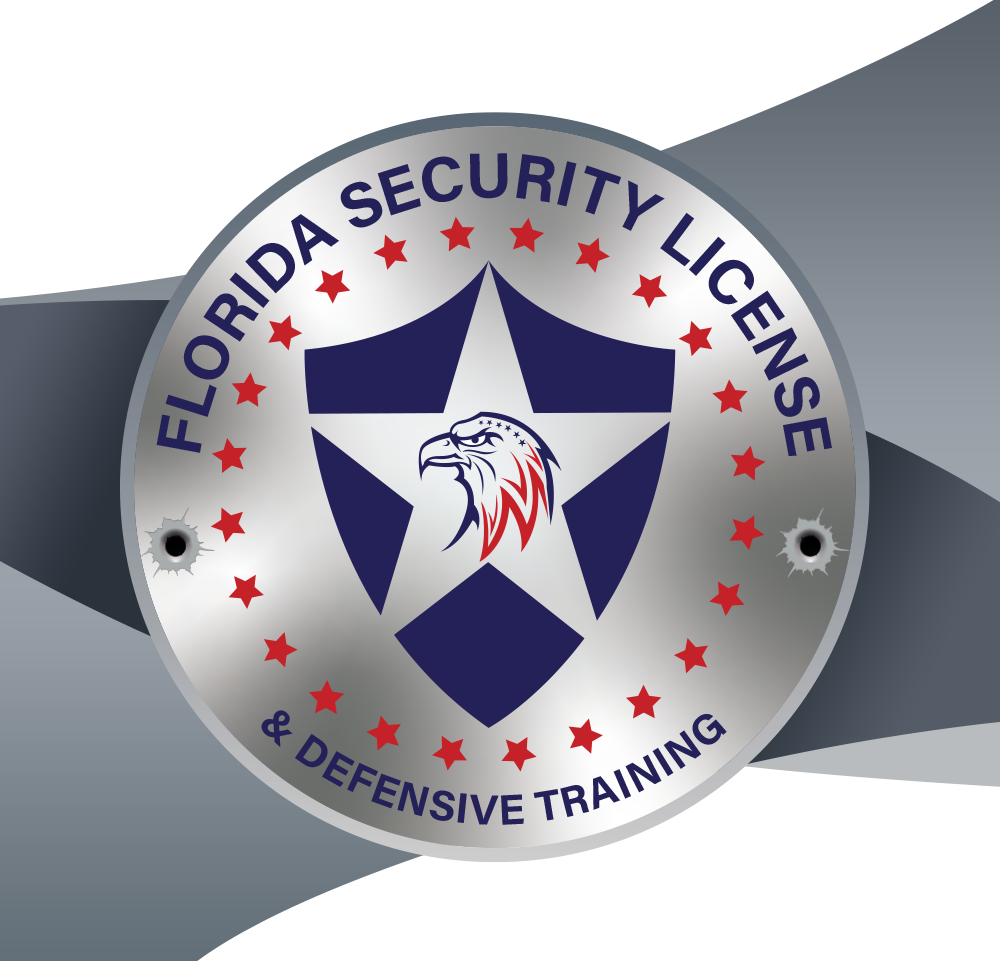Mastering how to use a firearm begins with respecting its power and committing to lifelong learning. Whether you’re pursuing a security license or sharpening self-defense skills, solid firearm handling and shooting fundamentals form the bedrock of safe carry. In this guide, we’ll help you select the right platform—matching caliber, ergonomics, and meat quality grade to your needs—before walking through essential gun handling techniques like the proper gun grip, stable gun stance, and precise sight alignment. You’ll refine trigger control and build real-world proficiency through structured firearm practice and focused dry fire drills, reducing flinch and improving follow-through. By combining meticulous equipment analysis with consistent training—both live-fire and hands-only drills—you’ll gain the confidence and competence that Florida Security License demands in our firearms training class and concealed weapons training Florida programs.
Getting Familiar with Your Firearm
Before you squeeze the trigger, devote time to true firearm familiarity. Start by reading the manufacturer’s manual cover to cover—every stamp, torque spec, and maintenance interval matters. Lay out each part on a clean bench: barrel, slide, magazine, safety lever, recoil spring, and sights. With the weapon unloaded, practice field-stripping and reassembling until the sequence is effortless—this hands-on routine reinforces firearm handling and builds muscle memory.
Next, select the right platform for your goals: a compact pistol for concealed carry or a full-size revolver for range training. Match your choice to hand size, draw speed needs, and Florida’s licensing requirements. As you work, cultivate three non-negotiable safe habits: keep the muzzle pointed in a safe direction, maintain trigger discipline with your finger off the trigger until ready to fire, and treat every gun as if it’s loaded. Incorporate these gun handling techniques into your live practice and dry fire drills, ensuring that when the time comes, your grip, draw, and manipulations flow safely and confidently—from the first pull of the trigger to the final clear and holster.
Proper Handling Techniques

Effective gun handling techniques hinge on a secure, repeatable, proper gun grip and balanced gun stance.
- Proper Gun Grip: Place the strong-hand high on the backstrap, wrap your fingers firmly around the grip frame, and lock your support hand over the strong hand. Thumbs should rest forward in an “X” configuration, driving the recoil straight back into your arms.
- Gun Stance: Adopt a slightly forward-leaning posture with shoulders squared or slightly canted, feet shoulder-width apart. Weight should be on the balls of your feet, knees bent slightly, creating a stable base for recoil management.
Combine this stance and grip with smooth trigger control—press the trigger straight back without disturbing your sight picture. Maintain constant sight alignment by ensuring the front post remains centered in the rear notch and level with the target’s center. These firearm handling basics form the bedrock of reliable, repeatable accuracy.
Shooting Fundamentals
Now that you’ve mastered gun stance, proper gun grip, and fundamental firearm handling, it’s time to apply your skills with proven shooting fundamentals. Each shot should flow through a seamless sequence—from target acquisition to trigger release and recovery—so you can build muscle memory and confidence during both live fire and dry fire drills.
- Presentation
Whether drawing from a holster or presenting from a low-ready position, smoothly bring the muzzle onto target along your natural point of aim. Maintain a consistent cheek weld, center the front sight within the rear notch, and confirm your sight alignment before engaging the trigger. - Breathing
Control your breathing to minimize barrel movement. Inhale fully, exhale halfway, then pause your breath while you press the trigger. This short breath-hold creates a stable shooting platform that enhances shot-to-shot consistency. - Trigger Control
Apply steady, progressive pressure straight to the rear—visualize the shot surprising you to eliminate flinching. Avoid abrupt jerks that disrupt your proper gun grip and return to crisp, clean trigger breaks through focused firearm practice. - Follow-Through
After each shot, don’t lower your arms. Maintain your grip, keep your sight alignment, and stay in position. Practice this in dry fire drills to train your mind and body to reset quickly, ensuring rapid, accurate follow-up shots.
Regular training with these core techniques—reinforced through live-fire sessions and dry fire drills—will solidify your gun handling techniques and turn fundamental skills into instinctive performance on demand.
Common Shooting Mistakes
Even seasoned shooters can slip into bad habits that undercut accuracy and safety. Stay vigilant for these pitfalls and correct them through targeted firearm practice, including regular dry fire drills:
- Anticipating recoil: Flinching or jerking the trigger in fear of recoil destroys trigger control. Combat this by focusing on slow, measured trigger presses during dry fire, training your muscles to expect and absorb the impulse.
- Poor sight picture: Letting the front sight dip or drift leads to off-target shots. Cement your sight alignment with deliberate slow-fire bull’s-eye practice, ensuring the front post stays centered every time.
- Overgripping: Squeezing the support hand or primary hand too tightly tenses forearms and hinders fine motor skills. Maintain a firm yet relaxed proper gun grip, allowing for smooth trigger pulls and quicker recovery.
- Neglecting follow-through: Dropping the muzzle immediately after a shot prevents you from quickly realigning for follow-ups. Always hold your stance and grip until you see the bullet hit, then seamlessly transition into the next presentation.
Record your sessions and review the footage to catch and correct these errors. With consistent feedback and focused drills, you’ll transform common mistakes into reliable shooting fundamentals.
Practice and Skill Development
Consistent firearm practice is the fastest route to ingraining safe firearm handling and solid shooting fundamentals. Structure each session with a blend of dry and live exercises to reinforce muscle memory and sharpen technique:
- Dry Fire Drills: With the weapon unloaded and pointing in a safe direction, run through presentation, trigger control, and follow-through on a blank target using snap caps or laser trainers. Focus on maintaining proper gun grip, sight alignment, and gun stance—this hands-only work builds the neural pathways you need for flawless live fire.
- Live-Fire Ranges: Begin at 5 yards, concentrating on accuracy and reinforcing your dry-fire progress. As you master bull’s-eyes, gradually step back to 7, 10, and 15 yards. Always reset with a controlled draw, crisp presentation, and precise sight alignment, integrating every element of your gun handling techniques.
- Timed Drills: Introduce a shot timer for draw-and-fire sequences, failure-to-stop drills, or box drills. These high-paced exercises test your trigger control and decision-making under pressure, ensuring each shot stays precise even when adrenaline spikes.
- Physical Conditioning: Enhance recoil management by adding grip-strength exercises—tennis-ball squeezes, fingertip push-ups, and wrist curls. A strong core and stable lower body improve your gun stance, reducing muzzle flip and speeding up recovery.
- Progress Tracking: Keep a detailed training log—record group sizes, split times, load types, and corrective notes. Review videos of your draw and presentation to catch subtle errors in proper gun grip or sight alignment. Celebrate milestones, then set new challenges to keep your how to use a firearm journey moving forward.
By blending focused dry fire drills, deliberate live firing, and supportive conditioning, you’ll transform foundational skills into instinctive, confident performance—ready for qualification tests, concealed-carry confidence, or demanding firearms training class scenarios.
Take In-Person Firearm Training from a Professional School

No matter your skill level, nothing replaces expert feedback when learning how to use a firearm. Florida Security License’s hands-on firearms training class offers a safe, structured environment complete with indoor ranges, live-fire bays, and state-certified coaches. Our security classes Fort Lauderdale and security license Orlando programs cover everything from firearm selection and firearm handling to in-depth legal briefings on Florida statutes.
During your course, you’ll drill advanced gun handling techniques—from dynamic reloads to malfunction clearances—and hone trigger control and sight alignment under real-world stress scenarios. Scenario-based exercises teach you to assess threats, deploy appropriate responses, and practice drawing and firing in cover positions. For those pursuing concealed carry eligibility, our concealed weapons training Florida segment guides you through permit application, classroom instruction, and confidential record-keeping.
Investing in in-person training ensures your journey in how to use a firearm is both safe and fully compliant with state regulations. Upon completion, you’ll earn a certificate recognized by the Florida Department of Agriculture and Consumer Services—validating your proficiency for licensing, career advancement, or personal defense. Elevate your confidence and competence: nothing accelerates growth more than face-to-face coaching from professionals who live and breathe firearm safety every day.
Conclusion
Mastering how to use a firearm demands disciplined study, consistent firearm practice, and professional guidance. By focusing on fundamental firearm handling, proper gun grip, sight alignment, and trigger control, you’ll transform apprehension into confidence—arming yourself with the skills to protect, qualify, and excel. Elevate your training by joining Florida Security License’s accredited classes and hidden-carry courses, and ensure your firearm proficiency stands up to any challenge.

